Methods of protection against overvoltage in electrical networks
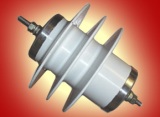 Overvoltage — this is an abnormal mode of operation in electrical networks, which consists in an excessive increase in the value of the voltage above the permissible values for a section of the electrical network, which is dangerous for the equipment elements of this section of the electrical network.
Overvoltage — this is an abnormal mode of operation in electrical networks, which consists in an excessive increase in the value of the voltage above the permissible values for a section of the electrical network, which is dangerous for the equipment elements of this section of the electrical network.
The insulation of the equipment of electrical installations is designed for normal operation at certain voltage values, in case of overvoltage the insulation becomes unusable, which leads to equipment damage and poses a danger to service personnel or people who are in close proximity to the elements of electrical networks .
Overvoltages can be of two types — natural (external) and switching (internal). Natural surge is a phenomenon of atmospheric electricity. Switching overvoltages occur directly in electrical networks, the reasons for their manifestation can be large load drops on power lines, ferroresonance phenomena, modes of operation of emergency situations after emergency situations.
Surge protection methods
In electrical installations, in order to protect the equipment from possible overvoltages, protective equipment is used, such as arresting and non-linear surge arresters (limiters).
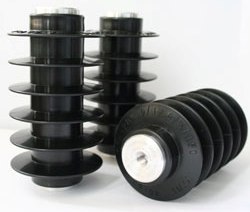
The main structural element of this protective equipment is an element with non-linear characteristics. A characteristic feature of these elements is that they change their resistance depending on the value of the voltage applied to them. Let us briefly consider the principle of operation of these protective elements.
The overvoltage or overvoltage arrester is connected to the bus of the operating voltage and to the earth loop of the electrical installation. In normal operation, that is, when the mains voltage is within the permissible values, the arrester (arrestor) has a very high resistance and does not conduct voltage.
In the event of an overvoltage in a section of the electrical network, the resistance of the arrester (discharger) drops sharply and this protective element conducts voltage, contributing to the leakage of the resulting voltage surge into the grounding circuit. That is, at the moment of overvoltage, the arrester (SPD) makes the electrical connection of the conductor to the ground.
Limiters and surge arresters are installed to protect equipment elements on the territory of distribution devices of electrical installations, as well as at the beginning and end of 6 and 10 kV power lines that are not equipped with a lightning protection cable.
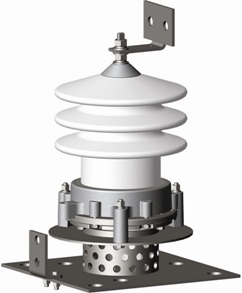
To protect against natural (external) surges on metal and reinforced concrete structures of open switchgear, install rod-shaped lightning rods... On high-voltage lines with a voltage of 35 kV and more, a lightning protection cable (lightning rod with a contact wire) is used, which is located in the upper part of the supports of the power line along their entire length, connecting to the metal elements of the line portals of open distribution substations. Lightning rods attract atmospheric charges to themselves, thereby preventing them from falling on live parts of electrical equipment of electrical installations.
In order to ensure reliable protection of electrical equipment from possible surges, surge arresters and surge arresters, like all equipment elements, must undergo periodic repairs and tests. It is also necessary, in accordance with the established frequency, to check the resistance and technical condition of the earthing circuits of the switchgear.
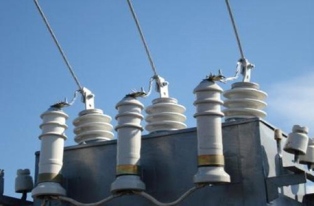
Overvoltage in low-voltage networks
The overvoltage phenomenon is also characteristic of low-voltage networks with a voltage of 220/380 V. Overvoltages in low-voltage networks lead to damage not only to the equipment of these electrical networks, but also to the electrical appliances that are included in the network.
For surge protection in home wiring, voltage relays or voltage stabilizers, uninterruptible power supplies, in which the corresponding function is provided, are used. There are also modular surge protectors designed for installation in a home switchboard.
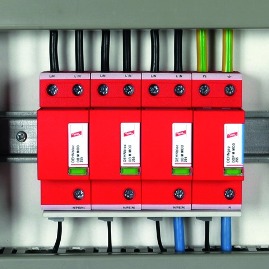
In the low-voltage switchgear of enterprises, electrical installations, transmission lines for surge protection, special surge arresters are used according to the principle of operation similar to high-voltage surge arresters.
